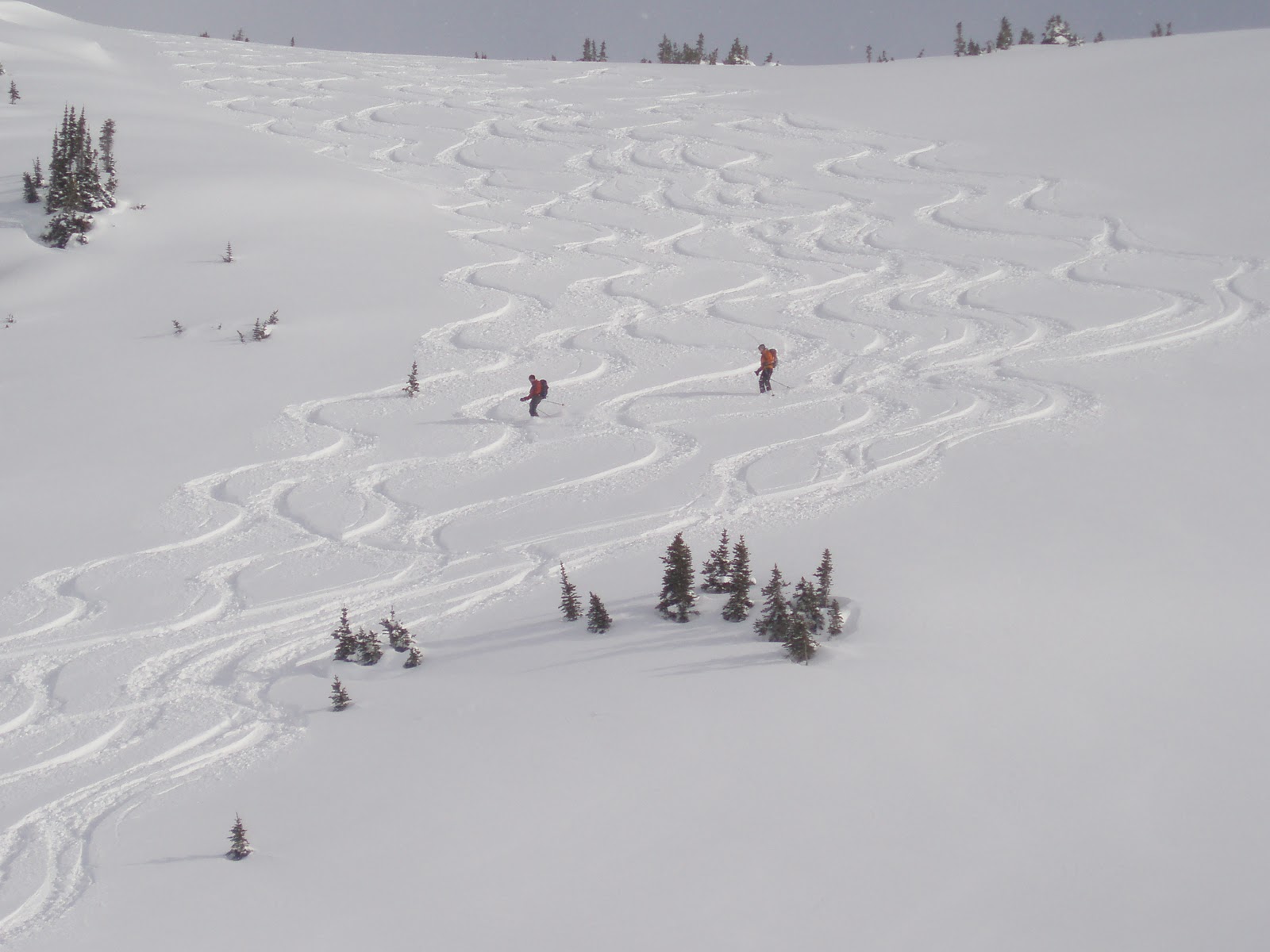CAA AvSAR Course

As I mentioned via twitter, last month I attended the Avalanche Association’s “Avalanche Search and Rescue (AvSAR) seminar in Whistler, BC. I thought I’d write a bit about the course for any SAR personnel who might be considering sending someone to take it. Of course I can only speak for my experience at the course.
The course was three days, the first two being in the classroom and the third being a field day filled with four scenarios.
The first classroom day was spent on “AvSAR” or Avalanche Search and Rescue, with the focus being on the actual response to an avalanche from an Incident Command point of view. This covered communications, managing resources, and using the ICS organization chart and how to assign people to various roles.
The second classroom day consisted of the Medical Aspects of Avalanche Rescue seminar by Dr. Renata Lewis that the CAA has previously delivered at professional development (CPD) sessions. This seminar reviews the latest research on avalanche survival and how to treat avalanche victims, applying triage techniques and transporting subjects. This session also included hands-on training with some medical equipment related to hypothermia treatment, spinal immobilization, and patient transport.
The third day, as mentioned above, was a very full day of avalanche rescue scenarios. This involved applying the techniques learned in the first two days, including resource management, and triage. The final scenario station included using the RECCO system, probing techniques, and a demonstration from a trained CARDA Dog team.
At the outset of the course the instructors were clear that while they were in front of the class instructing us, they recognized that the level of experience in the room dealing with ICS and avalanche rescue probably was greater than the information contained in the course, and they were learning from us just as much as we were from them. This was part of the value of the course from a Ground SAR manager’s point of view — the experience of the fellow students.
Attending the course were Avalanche forecasters working with the Ministry of Transportation, Heli-Ski guides, Ski patrollers, SAR managers and members, Canada Parks wardens, Metro Vancouver watershed managers, and one member of the Canadian Forces from Rescue Squadron 442, CFB Comox. There was an immense depth and breadth of experience in the room, from nuts and bolts rescue, to long range planning and safety, and including a high degree of pre-hospital care experience.
As students we worked together on several tabletop problems, exchanging different views on how to manage the scenarios given to us. Of great value was understanding how different industries perceive avalanche risk and rescue.
An example is that Heli-Ski companies never ski when the weather prevents them from flying, so they always have air support. If an accident happens, the various operations respond to assist each other, and response times are very quick. Ski patrollers and cat ski/snowmobile guides similarly enjoy quick response times. In contrast, SAR team response times can be quite slow because of difficulty accessing terrain, and the conditions that lost or injured subjects find themselves in.
On the flip side, SAR teams have dedicated training and resources specifically for SAR, and SAR only. Most of the other industries have SAR and safety as a part of the operation, and often have to re-purpose resources for the rescue. An example is the radio dispatcher will often function as an operations manager or communications director during a rescue. Dedicated rescue and transportation equipment may be light or minimal as the weights in a helicopter are carefully managed to maximize fuel and the number of customers who can fly. SAR teams will have dedicated resources and specialized for their roles, and since many teams respond to searches several times a year the rescue plans will be well understood by all team members.
SAR is also the only agency in the above list that specialized in searching rather than just rescue. This is an important point because many SAR responses involve travelling in avalanche terrain when there is no actual avalanche reported. All of the training and techniques to manage avalanche risk have to be used, as well as the knowledge and training on how to rescue a team member from a possible avalanche, even though the response may be for a lost or injured subject. From this point of view, SAR spends more time analyzing the transportation of members rather than assuming that a helicopter or snow cat is available.
Another consideration is that SAR members are often called out to search when people are overdue, meaning the response take place at night. This puts SAR managers in the difficult position of weighing avalanche risk, and the inability to make good observations of snow conditions, against the safety of the subject. It’s possible a SAR manager would need to hold back searchers if the risk was too high.
I believe that most SAR teams with the possibility of a response into avalanche terrain should send at least one SAR manager on this course. The value is in working with other avalanche professionals, and similarly other industries can learn a lot from a SAR manager knowledgeable in the application of ICS to a rescue. Teams should also consider sending senior members as well.

I would love to see an article on some of the different SAR Equipment you use up there in Whistler.